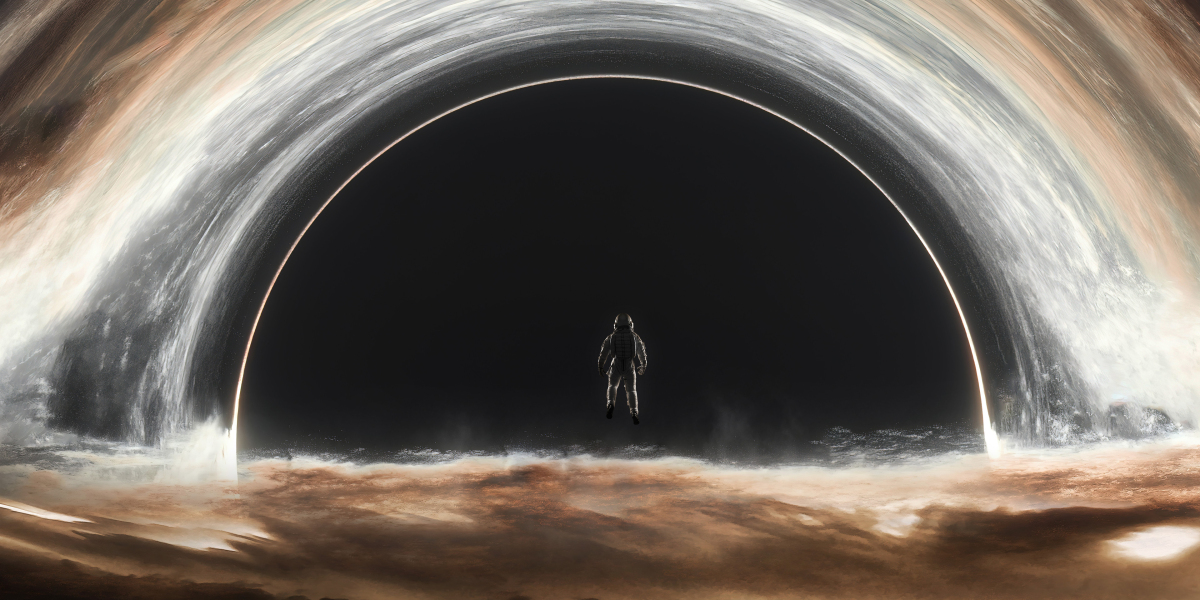In recent years, 360 cameras have emerged as a groundbreaking technology, reshaping the landscape of photography and visual storytelling. These innovative devices capture immersive images and videos, allowing viewers to experience scenes from every angle. But what exactly makes 360 cameras so special, and how are they changing the way we share our stories?
Understanding 360 Cameras
360 cameras are designed to capture a full panoramic view of their surroundings. Unlike traditional cameras, which focus on a single perspective, these devices utilize multiple lenses to record everything around them. This capability enables users to create stunning visual content that engages audiences in a unique way.
- Immersive Experience: Viewers can explore the captured environment by moving their devices or using VR headsets.
- Versatile Applications: From real estate tours to virtual travel experiences, the applications are endless.
- Enhanced Storytelling: Creators can convey emotions and narratives more effectively through immersive visuals.
The Technology Behind 360 Cameras
At the heart of 360 cameras lies advanced technology that allows for seamless stitching of images. This process combines multiple shots into a single panoramic view, ensuring that the final product is smooth and cohesive. The integration of high-resolution sensors and sophisticated software further enhances the quality of the captured content.
Many modern 360 cameras also come equipped with features such as:
- Live streaming capabilities for real-time sharing.
- Built-in stabilization to reduce motion blur.
- Remote control options for ease of use.
Applications of 360 Cameras
The versatility of 360 cameras makes them suitable for various fields. In the realm of marketing, businesses leverage these devices to create engaging promotional content. For instance, real estate agents can provide virtual tours of properties, allowing potential buyers to explore homes from the comfort of their own space.
Moreover, in the travel industry, 360 cameras enable users to share their adventures in a more immersive manner. Imagine being able to walk through a bustling market or stand atop a mountain peak, all from your living room. This level of engagement not only captivates audiences but also fosters a deeper connection to the content.
The Future of 360 Cameras
As technology continues to evolve, the future of 360 cameras looks promising. Innovations such as improved image quality, enhanced battery life, and more user-friendly interfaces are on the horizon. Additionally, the integration of artificial intelligence could further streamline the editing process, making it easier for creators to produce high-quality content.
For those interested in exploring the capabilities of 360 cameras, consider checking out the  . This device exemplifies the potential of 360 photography, offering a comprehensive solution for both amateurs and professionals alike.
. This device exemplifies the potential of 360 photography, offering a comprehensive solution for both amateurs and professionals alike.
In conclusion, 360 cameras are not just a passing trend; they represent a significant shift in how we capture and share our experiences. As we embrace this technology, we open the door to new possibilities in visual storytelling, making our narratives more engaging and immersive than ever before.








